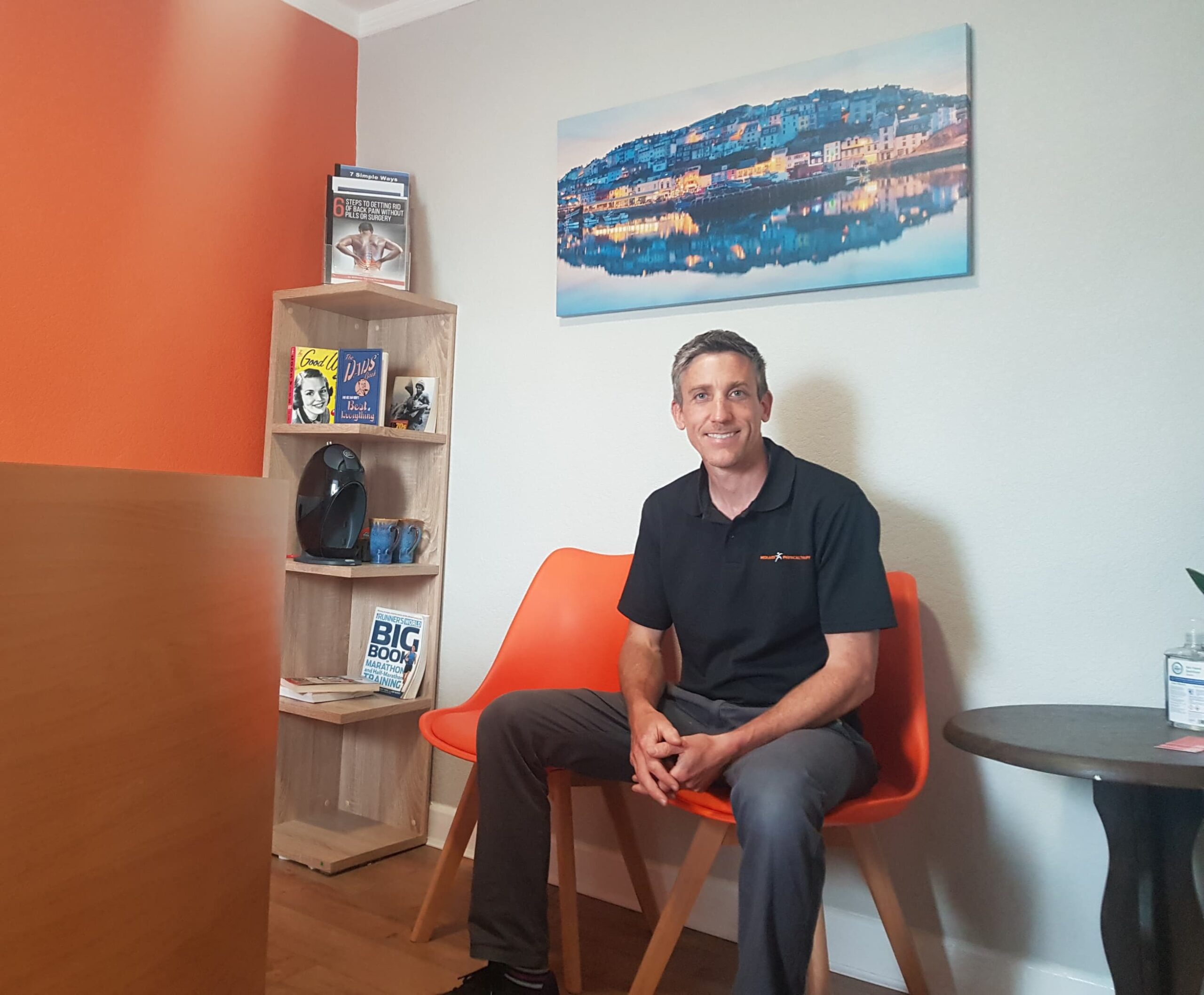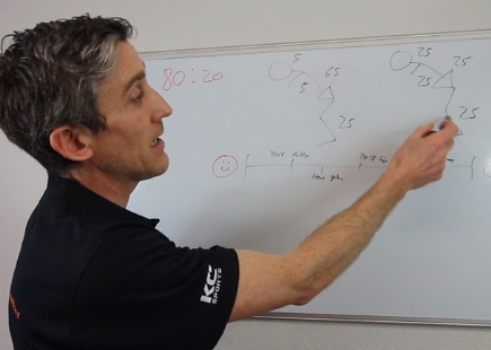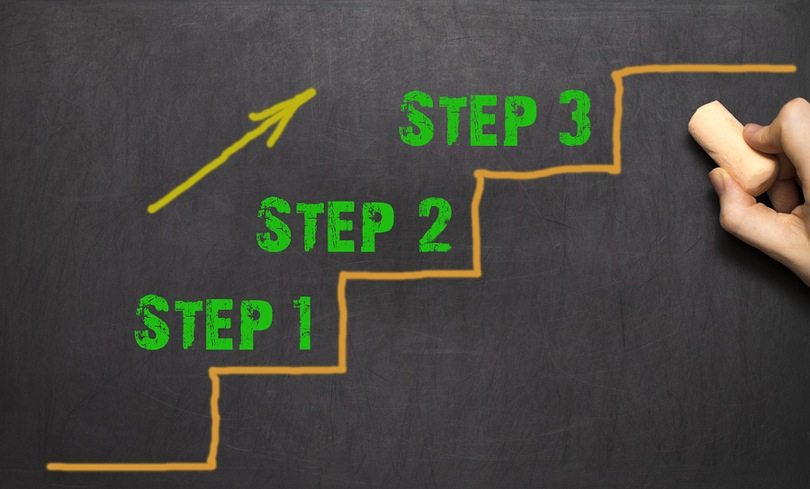Looking For Lasting Pain Relief?
Return To Pain Free Movement So You Can Stay Mobile, Active And In Control Of Your Health
Return To Pain Free Movement So You Can Stay Mobile, Active And In Control Of Your Health
Are you struggling to do some of your basic everyday tasks that you once took for granted?
Is your pain worrying you, affecting your mood and keeping you awake at night? Do you regularly feel sore and stiff in the morning? Are you struggling to exercise or play sports or are concerned about your health and losing your mobility?
If this sounds familiar to you and you are fed up with living with nagging aches and restriction, then please read on as at Midlands Physio & Back Pain Clinic we help people who are suffering with like this, on a daily basis.
Why Put Up With Pain When You Don’t Have To
Many people just don’t know the correct steps to take to help their complaint. We can save you time, money and frustration by following our proven step by step approach to help you get back to a healthy lifestyle.
Why Put Up With Pain When You Don’t Have To
Many people just don’t know the correct steps to take to help their complaint. We can save you time, money and frustration by following our proven step by step approach to help you get back to a healthy lifestyle.

Whether You Are Looking For Quick Pain Relief Or Long Lasting Change We Can Help
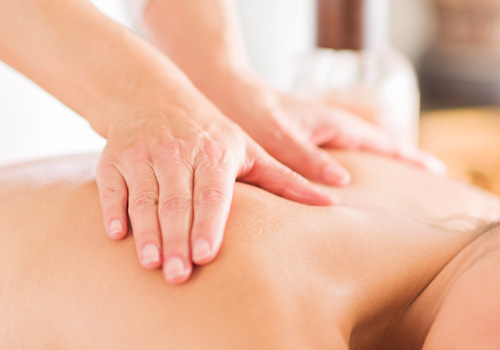
How We Can Help You At Midlands Physio
We use a combination of hands on treatment with some specific movements to help quickly ease your symptoms and get you back moving with ease
Address The Root Cause
We take time to understand your problem and how your injury occurred. We aim to find and then address the root cause of your problem to help you get the outcome you need.
Your Own Unique Treatment Plan
We will explain and create your own unique treatment to help get the outcome you are looking for. Whether your ideal outcome involves being able to exercise, enjoy walking or to look after your grandkids, we will design a plan to suit your needs and fit around your life.
Your Own Unique Treatment Plan
We will explain and create your own unique treatment to help get the outcome you are looking for. Whether your ideal outcome involves being able to exercise, enjoy walking or to look after your grandkids, we will design a plan to suit your needs and fit around your life.
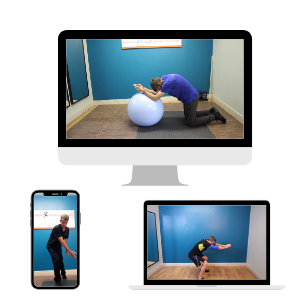
Videos Of Your Exercise 24/7
To ensure that you make progress in between your treatments, we send videos of your exercises straight to your phone, tablet or laptop after your appointment where you can access them at any time to be sure you are doing them safely and correctly.
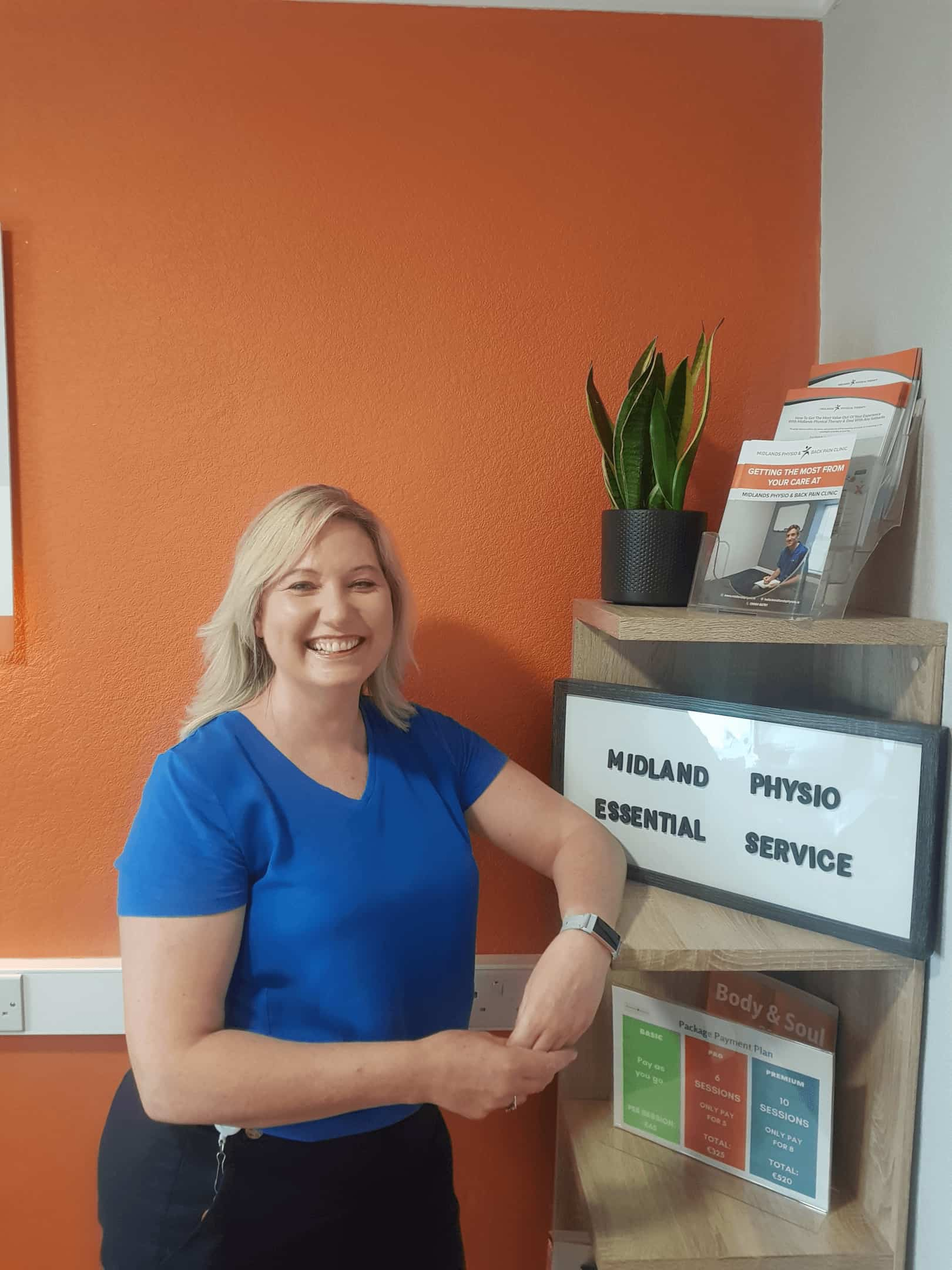
Late Evening and Saturday Appointments
We offer late evening and Saturday morning appointments to suit a busy lifestyle and ensure you can get the helpful care you need.
Experts In Back Pain & More
At Midlands Physio & Back Pain Clinic we help people from the Athlone, Moate, Mullingar and the surrounding midlands areas with a range of complaints and injuries. We follow our same step by step approach in helping our patients who have:
As registered CORU physiotherapists, we are fully qualified to treat and help people with a vast range of musculoskeletal problems and injuries.
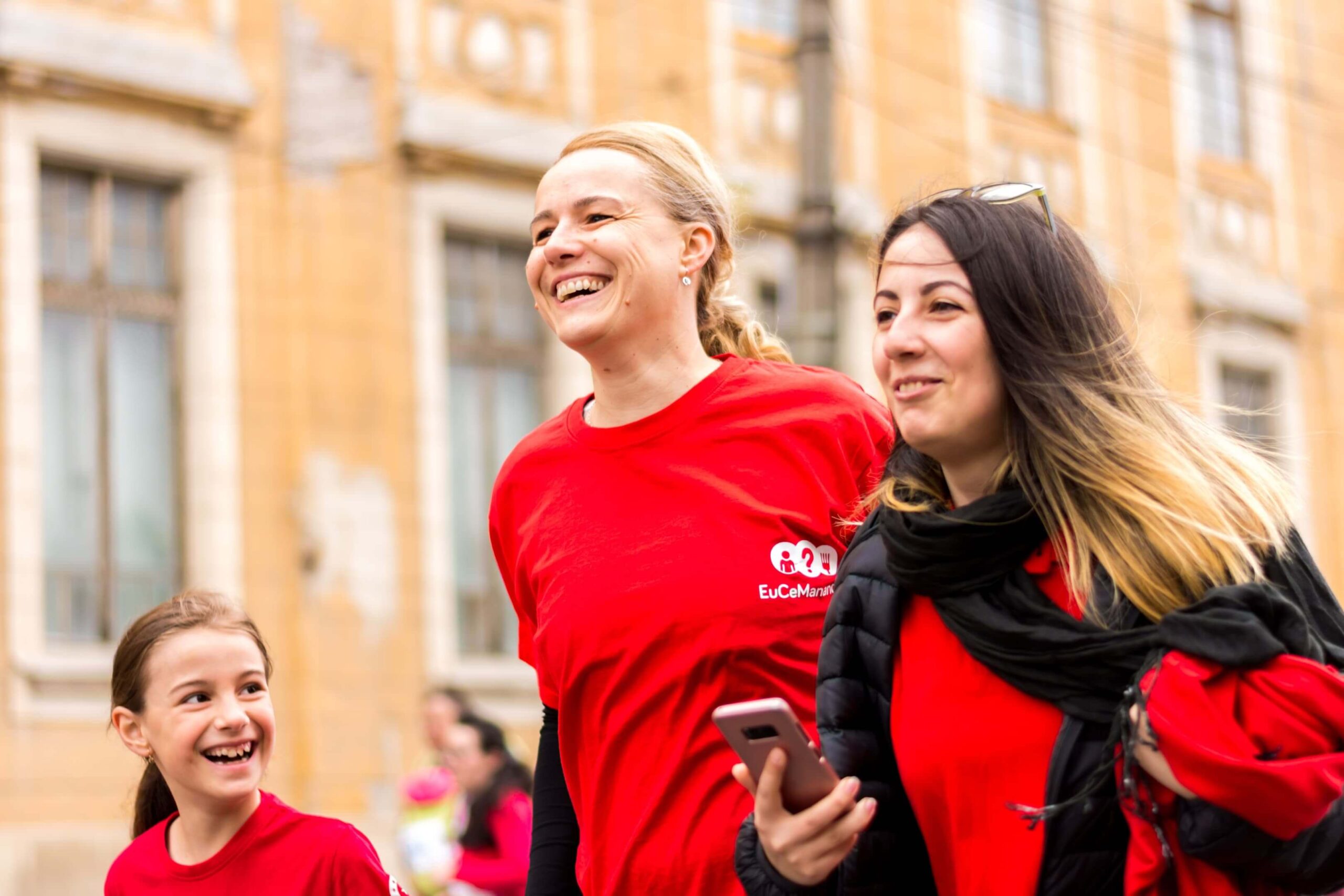
Knee pain
Neck and shoulder pain
Foot and ankle pain
Running Injuries
Sport injuries
Overuse injuries
and more
Real Midlands People . Real Results
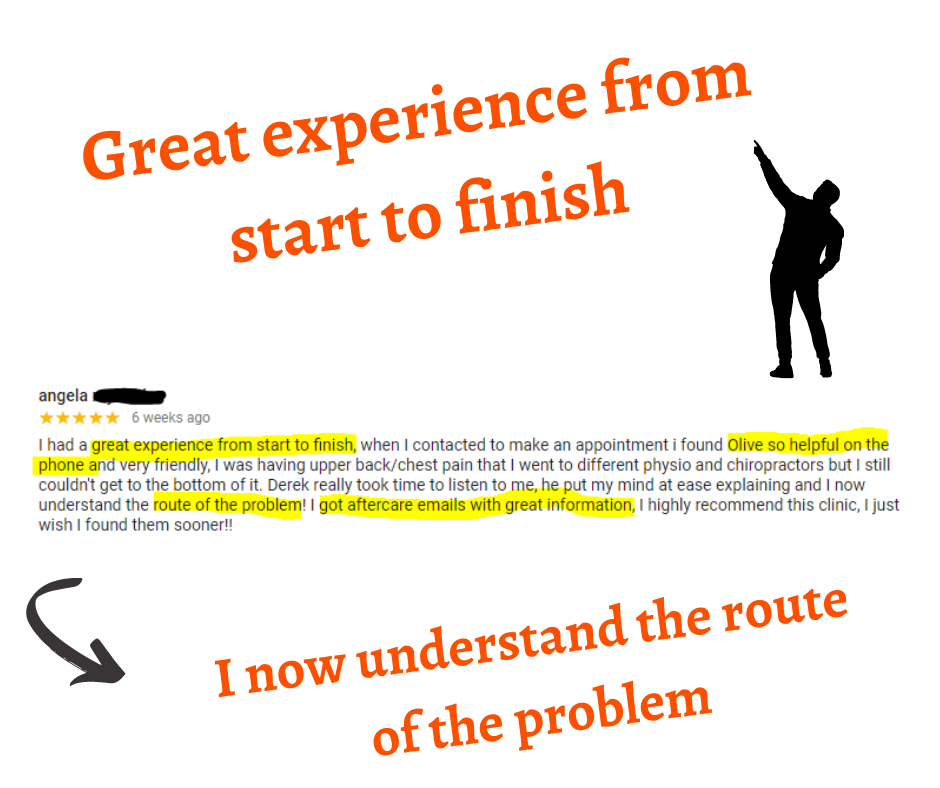
Alan Barr
24 weeks ago
I would and have recommended Derek to anybody as I had suffered severe back pain from an accident. I always had worn a back support and not very confident in lifting without it. I was always in constant pain but put up with it . Derek worked with me and after a a few sessions I noticed a difference as I’m not in constant pain and now I don’t need the back support and feel more confident in lifting and moving around
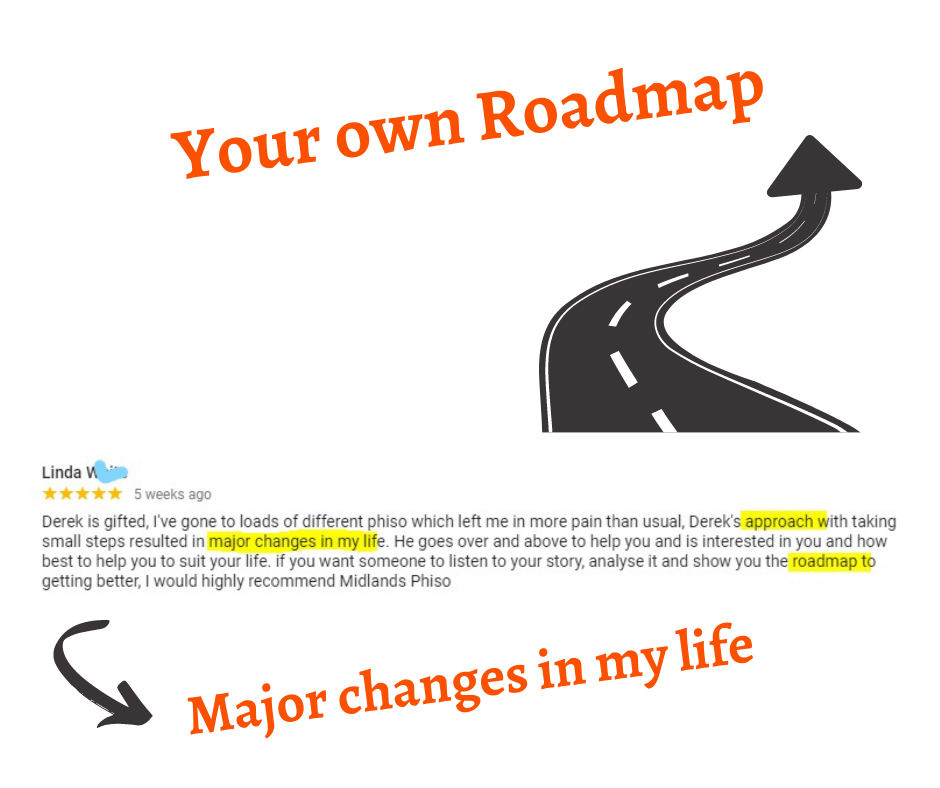
Linda White
17 weeks ago
Derek is gifted. I’ve gone to loads of different physio before, which left me in more pain than usual. Derek’s approach with taking small steps resulted in major changes in my life. He goes over and above to help you and is interested in you and how best to help you to suit your life. if you want someone to listen to your story, analyse it and show you the roadmap to getting better, I would highly recommend Midlands Physio to a friend or family member.
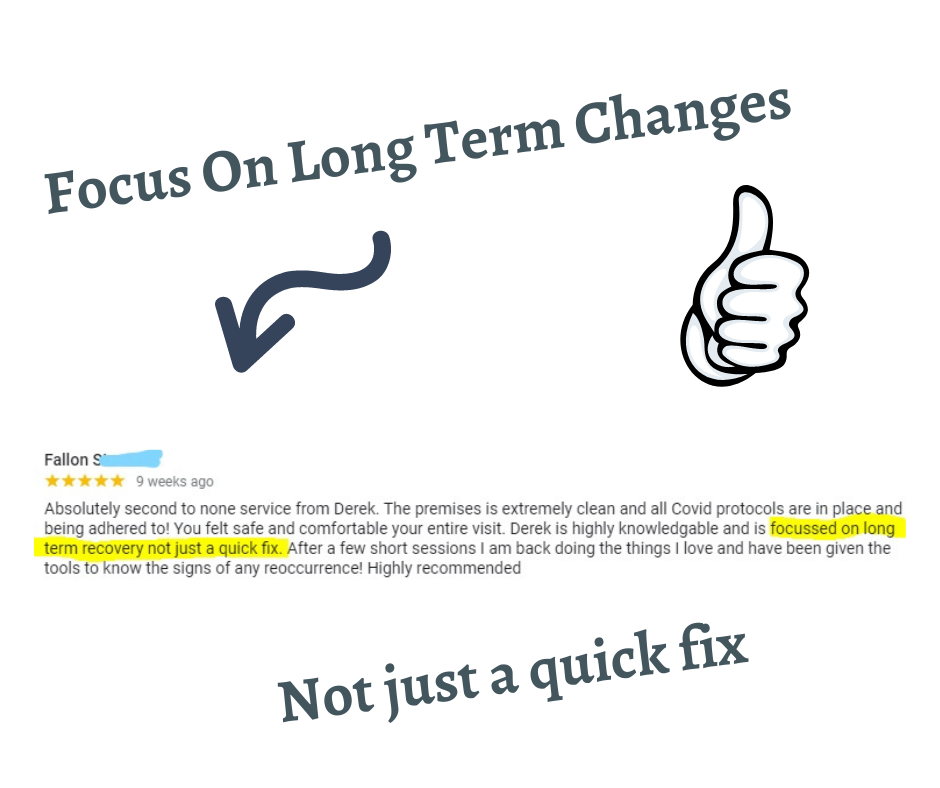
Fallon Stewart
21 weeks ago
Absolutely second to none service from Derek. The premises are extremely clean and all Covid protocols are in place and being adhered to! You felt safe and comfortable your entire visit. Derek is highly knowledgeable and is focused on long term recovery not just a quick fix. After a few short sessions I am back doing the things I love and have been given the tools to know the signs of any recurrence! Highly recommended
Don’t wait any longer
Start your journey back to doing the things you love today
Claim Back With Your Health Insurance












